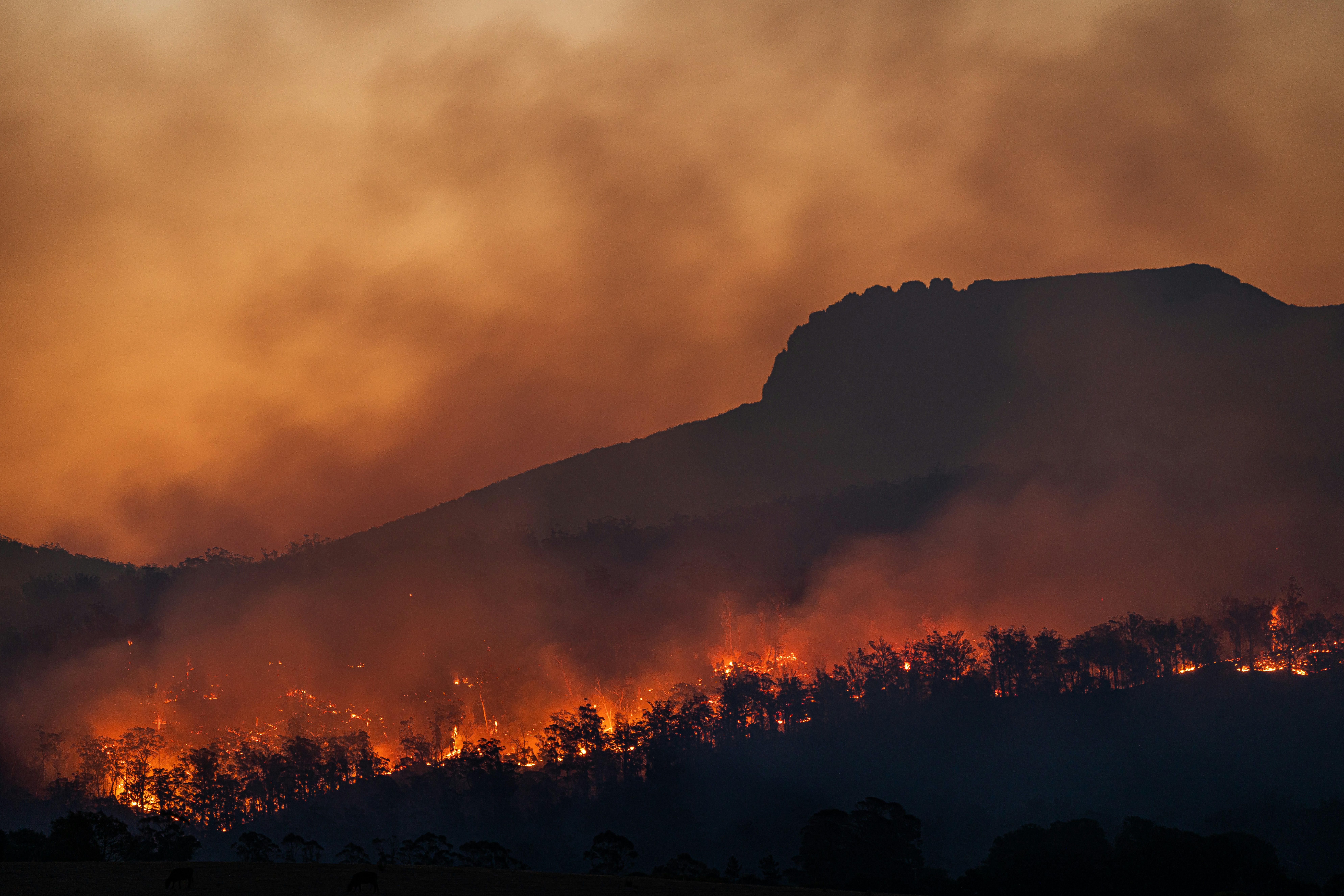
Prof. G V Muralidhara
Rising temperatures, unseasonal rains, floods, hurricanes, and droughts worldwide are occurring very often. Many of these developments are attributed to global warming and the consequent climate change.
Studies have established that the average temperature of our planet has risen about 1.18 degrees Celsius since the late 19th century. This rise has been attributed mainly to increased carbon dioxide emissions into the atmosphere and other human activities. The years 2016 and 2020 have been the warmest on record. Similarly, oceans have been heating up. NASA’s experiments have shown a decrease in the Greenland and Antarctic ice sheets. Glaciers are also retreating around the world. Global sea levels have been rising at an accelerating rate every year.
<aside> 🌏 The global warming trend results from the ‘greenhouse effect’ – warming caused when the atmosphere traps heat radiating from Earth toward space. Human activities such as burning fossil fuels (coal and oil) have contributed to increased atmospheric carbon dioxide concentration.
</aside>
According to the 2014 report from the United Nations Intergovernmental Panel on Climate Change, mitigation aims to stabilize greenhouse gas levels in a timeframe that permits us to achieve three objectives.